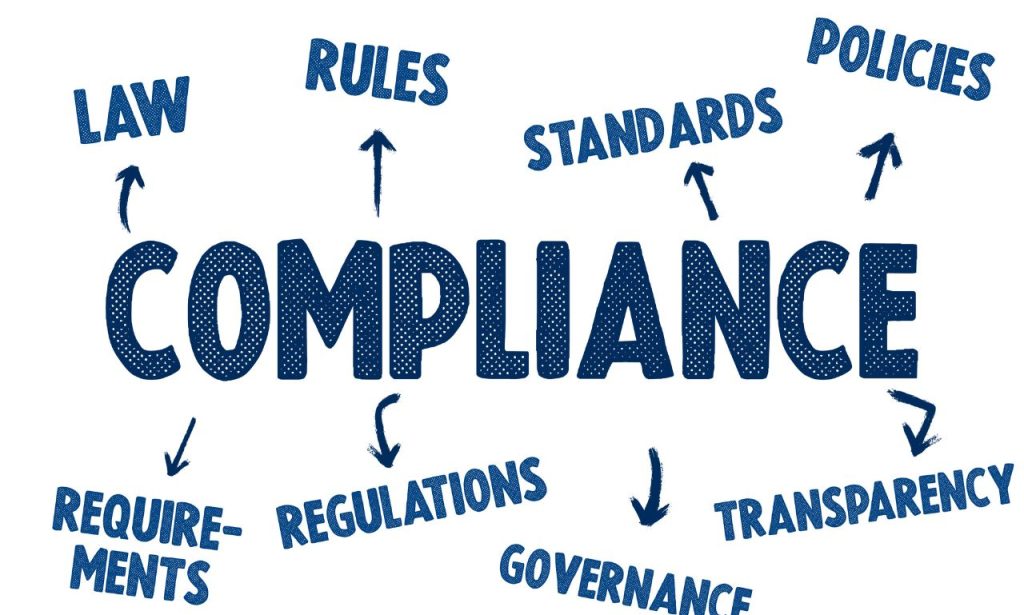Compliance training doesn’t top anyone’s list of favorite workplace activities. But here’s the kicker: it matters more than most people realize. If your training feels like a dull checklist, it’s time for a serious upgrade. In this article, we’ll walk through how to improve compliance training, from making it more engaging to aligning it with your company’s culture. You’ll learn how to turn dry, mandatory sessions into meaningful experiences that stick with employees. Ready? Let’s get into it.
Make Training Fun for Employees
Let’s face it – most employees would rather watch a documentary about the mating habits of sea slugs than sit through traditional compliance training. The problem isn’t the content – it’s the delivery.
I’ve consulted with hundreds of companies, and the ones that achieve exceptional compliance adoption share a common approach: they make it genuinely enjoyable. Interactive elements like quizzes, gamification, and scenario-based learning transform passive observers into active participants. One tech company I worked with introduced a compliance game show format where departments competed for prizes – compliance completion rates jumped from 68% to 94% in just one quarter.
The key is understanding that human brains retain information better when emotions are involved. Create training that triggers positive emotions like curiosity, accomplishment, or even mild competitive spirit, and you’ll see retention rates soar. Consider breaking complex topics into bite-sized modules that employees can complete in 10-15 minutes, preventing the mental fatigue that leads to disengagement.
Align the Training With Your Workplace Culture

Your compliance training shouldn’t feel like it was beamed in from another planet. When training clashes with your company’s values and culture, employees mentally check out faster than you can say “regulatory requirements.”
Smart companies customize their compliance materials to reflect their unique workplace culture. A casual tech startup might use humor and relaxed language, while a financial institution might emphasize precision and professional standards. This isn’t just about aesthetics – it’s about making compliance feel like a natural extension of your company’s identity rather than an unwelcome intruder.
I recently helped a healthcare provider revamp their compliance program by directly incorporating their core values of compassion and excellence into training scenarios. Instead of generic examples, we created situations specific to their patient care environment. The result? Employees reported 76% higher engagement with the material because it reflected their daily challenges.
Make Compliance Training Ongoing
The “one-and-done” approach to compliance training is as practical as trying to get fit by exercising once a year. Regulatory environments evolve, policies change, and human memory fades.
Continuous learning beats cramming every time. Rather than subjecting employees to an annual compliance marathon, consider implementing a program of regular microlearning opportunities throughout the year. Brief refreshers, updated case studies, and new scenario challenges keep compliance knowledge fresh and applicable.
One manufacturing client implemented monthly 15-minute compliance refreshers during team meetings, focusing on a relevant topic each time. This approach reduced compliance violations by 42% compared to their previous annual training model. When compliance becomes part of the ongoing conversation rather than a yearly event, it transforms from a training issue into a cultural standard.
Prevent Harassment & Discrimination
Anti-harassment and anti-discrimination training deserves special attention in your compliance program. Beyond the legal implications, these issues directly impact workplace culture, employee well-being, and organizational reputation.
Effective harassment prevention training goes beyond simply defining inappropriate behavior. It should equip employees with practical tools for intervention, reporting procedures, and creating a culture of respect. Use realistic scenarios that reflect the subtle ways harassment and discrimination can manifest in modern workplaces.
A retail company I consulted with incorporated bystander intervention techniques into their anti-harassment training. They created short video scenarios showing realistic workplace situations and provided multiple response options. This approach increased employee confidence in addressing problematic behaviors by 63% and created a more proactive culture of accountability.
Choose the Right Tools for Your Compliance Training
The tools you select for delivering compliance training can make or break your program’s effectiveness. One size doesn’t fit all when it comes to compliance solutions.
Consider your organization’s specific needs: Do you have a distributed workforce? Multiple regulatory frameworks to address? Industry-specific requirements? The right compliance platform should accommodate these factors while providing robust tracking and reporting capabilities.
Many companies I’ve worked with have found success with learning management systems that offer customizable compliance modules. These platforms allow you to tailor content to different employee roles while maintaining consistent core messages. The ability to track completion rates, test scores, and engagement metrics also provides valuable data for continuous improvement.
Make it Digital
If you’re still relying on in-person-only compliance training, you’re missing huge opportunities for efficiency and effectiveness. Digital compliance training offers flexibility, consistency, and accessibility that traditional methods can’t match.
Mobile-friendly compliance modules allow employees to complete training when and where convenient. This approach respects their time and acknowledges the reality of today’s workplace. Digital platforms also make updating content infinitely easier when regulations change.
A financial services firm switched from quarterly in-person sessions to an on-demand digital platform with duplicate content. Not only did they save approximately $230,000 annually in administrative costs, but completion rates improved by 28% because employees could fit training into their actual workflows rather than disrupting their day for scheduled sessions.
What are the Benefits of Compliance Training?
Protects Company Reputation
Your company’s reputation takes years to build but can be destroyed in days through compliance failures. Just ask any major corporation that has found itself in regulatory hot water—the costs extend far beyond fines.
Effective compliance training creates an internal defense system against actions that could damage your brand. When employees thoroughly understand the letter and spirit of regulations, they become frontline guardians of your company’s reputation.
The value here isn’t theoretical. Studies consistently show that companies with robust compliance cultures recover faster from crises and maintain stronger stakeholder trust. One analysis found that companies with strong compliance programs experienced 23% less severe stock drops following disclosed violations than peers with weaker programs.
Boosts Employee Morale
When employees understand boundaries and expectations clearly, they operate with greater confidence and less anxiety about making mistakes.
Companies with strong ethical frameworks backed by effective compliance training report higher employee retention rates and stronger internal trust metrics. This makes perfect sense – people want to work for organizations they can be proud of.
The data backs this up. Organizations with mature compliance programs score 16 points higher on employee engagement surveys than those with rudimentary programs. Clear standards and expectations create psychological safety, a key factor in workplace satisfaction.
Encourages Ethical Decision-making

The most valuable outcome of practical compliance training is its impact on everyday decision-making. Great compliance programs don’t just tell employees what they can’t do—they empower people to make better choices that align with legal requirements and company values.
When employees face ambiguous situations (and they always will), solid compliance training provides a framework for working through complex decisions. This transforms compliance from a restrictive force into an enabling one.
I’ve seen this principle in action countless times. One tech company developed a simple ethical decision framework as part of their compliance training: “If you wouldn’t be comfortable explaining your decision to customers, colleagues, and regulators, it’s probably not the right choice.” This straightforward approach reduced policy violations by 38%, increasing innovation by removing uncertainty around acceptable practices.
Conclusion
Effective compliance training isn’t just about avoiding trouble – it’s about building a stronger, more resilient organization. By making training engaging, culturally aligned, ongoing, and accessible through digital tools, you transform compliance from a necessary evil into a competitive advantage.
The companies that thrive in today’s complex regulatory environment understand that compliance isn’t just the legal department’s job – it’s woven into the fabric of daily operations through training that actually works.
Remember that the most successful compliance programs evolve continuously. Collect feedback, measure results, and refine your approach based on your learning. With commitment and creativity, compliance training can become one of your organization’s most valuable assets rather than its most dreaded activity.
ALSO READ: What is the Role of Trademarks in Building a Competitive Advantage?
FAQs
While annual comprehensive training is standard, supplement with quarterly microlearning refreshers for optimal retention and application.
To maintain attention, keep individual sessions under 30 minutes. Break content into multiple focused modules for complex topics rather than one lengthy session.
To gauge program impact, track completion rates, assessment scores, policy violation rates, reporting activity, and employee feedback.
Both have merits; digital provides consistency and flexibility, while in-person allows nuanced discussion. Many successful programs use a blended approach.
Core content should be consistent, but effective programs customize sections based on job roles, risk exposure, and regulatory requirements for different positions.




